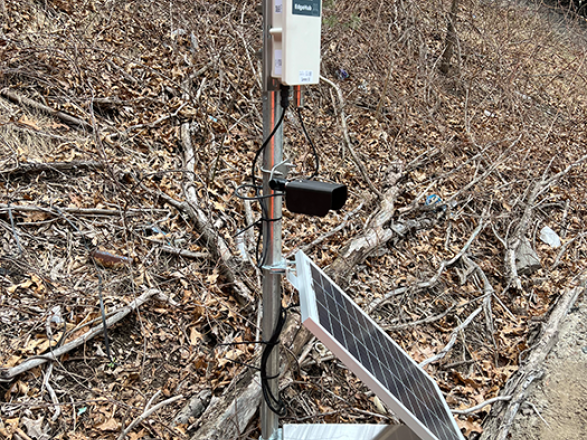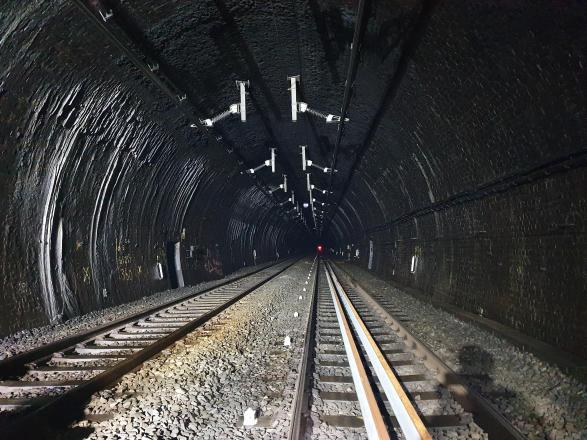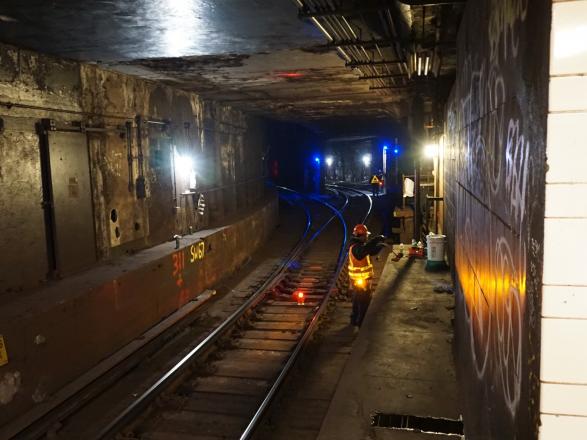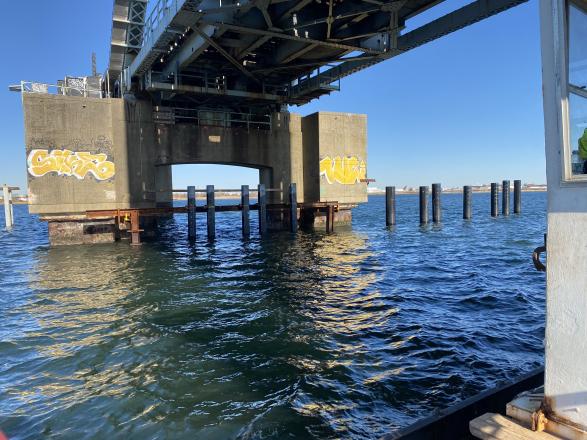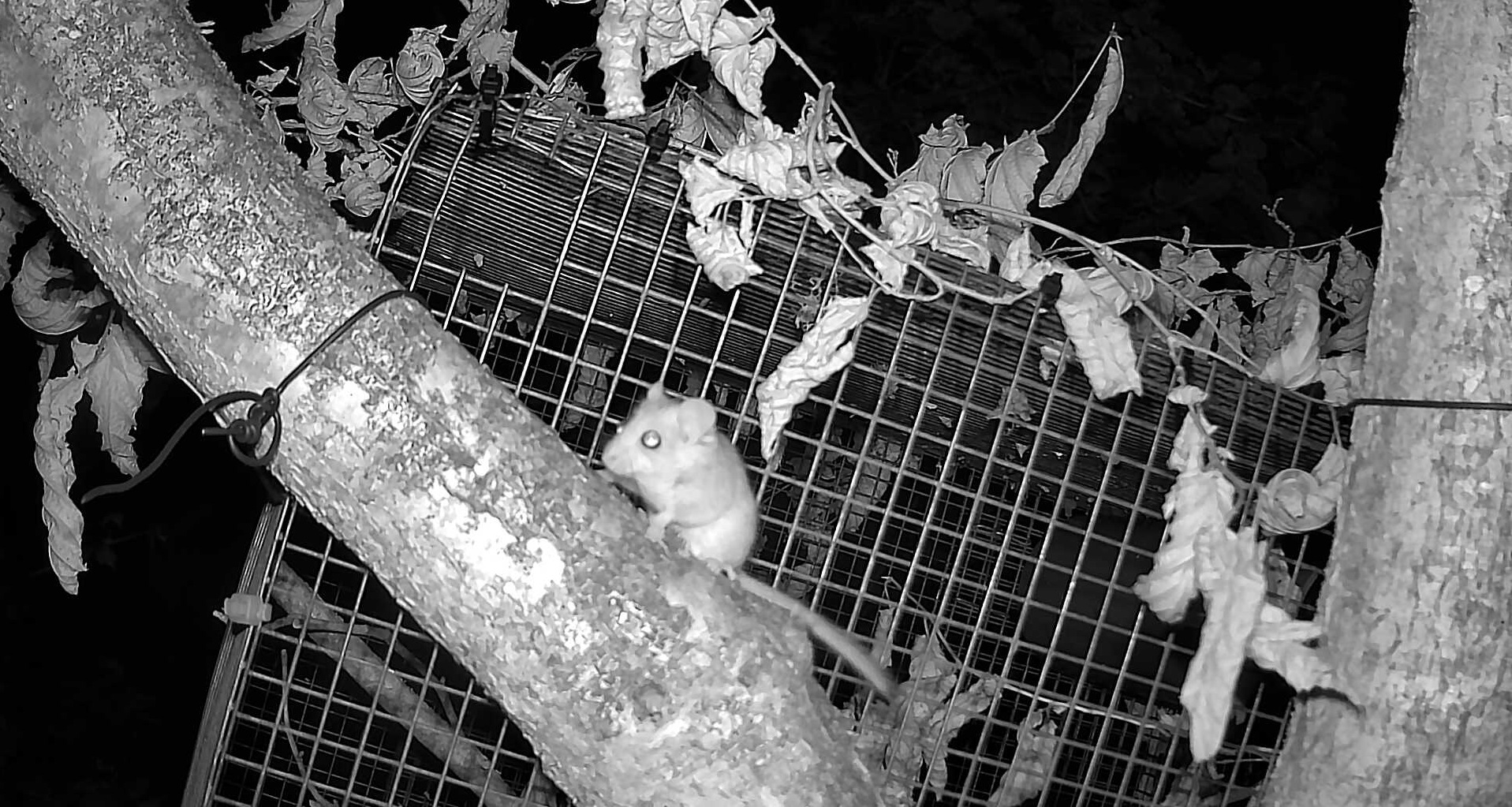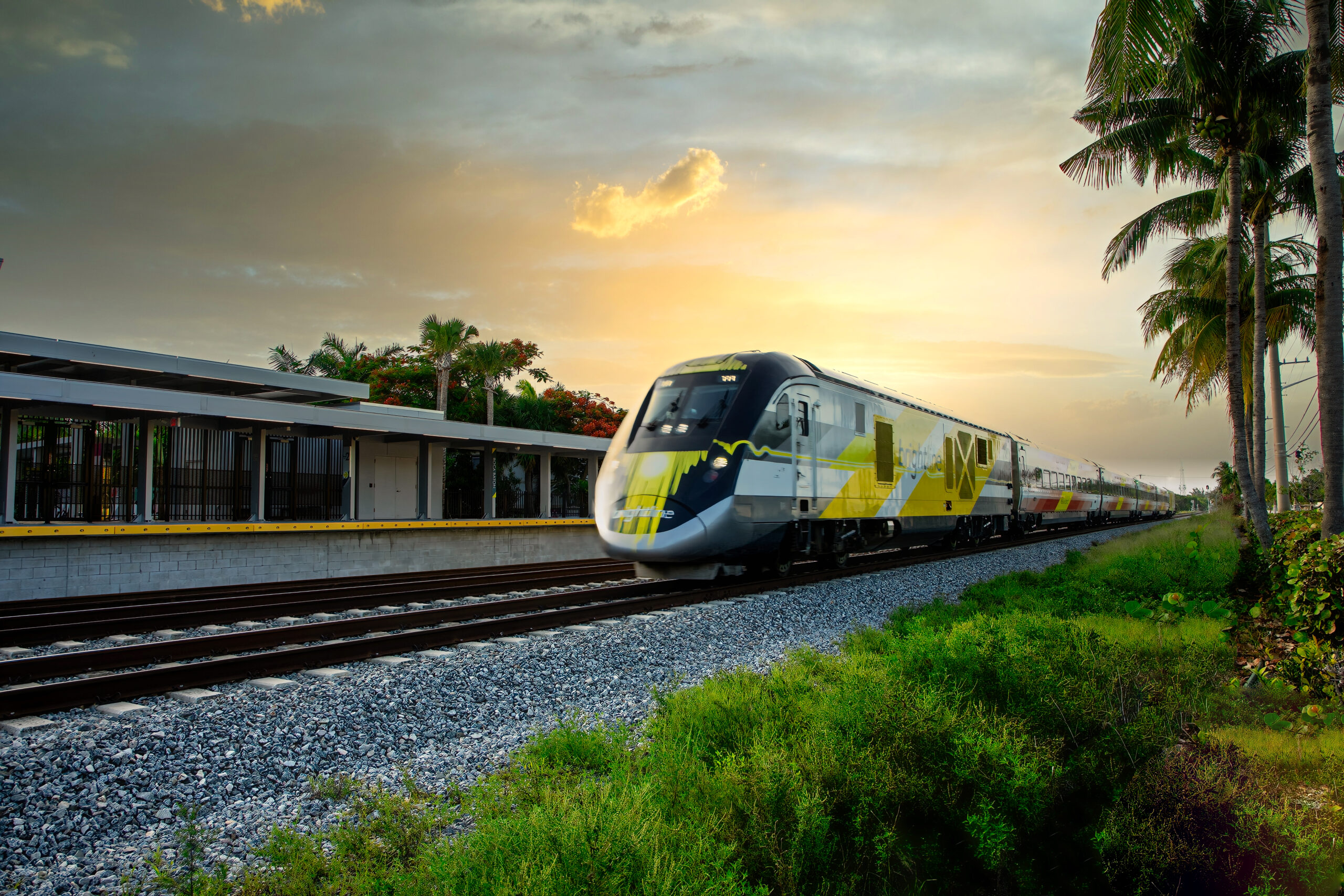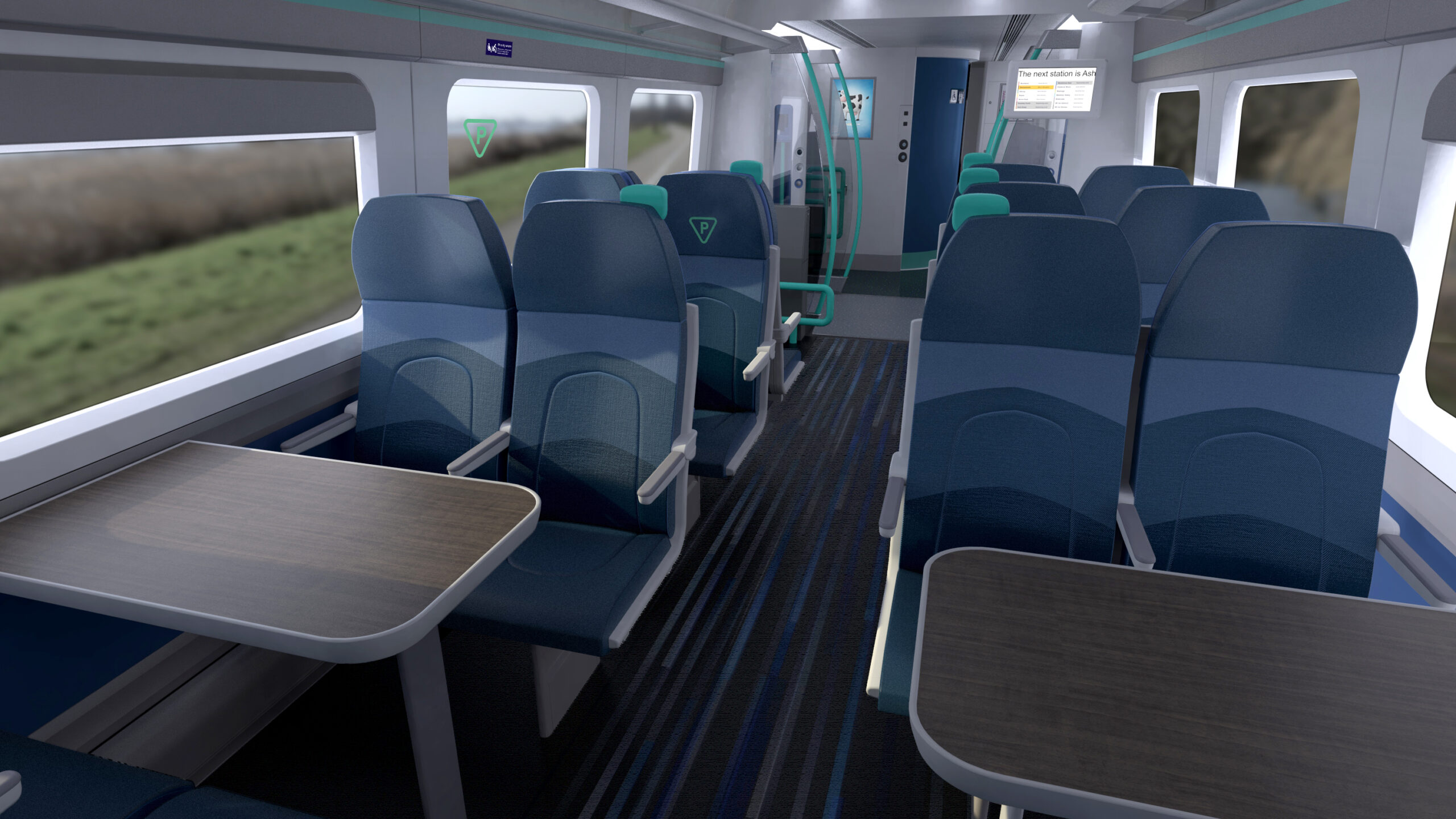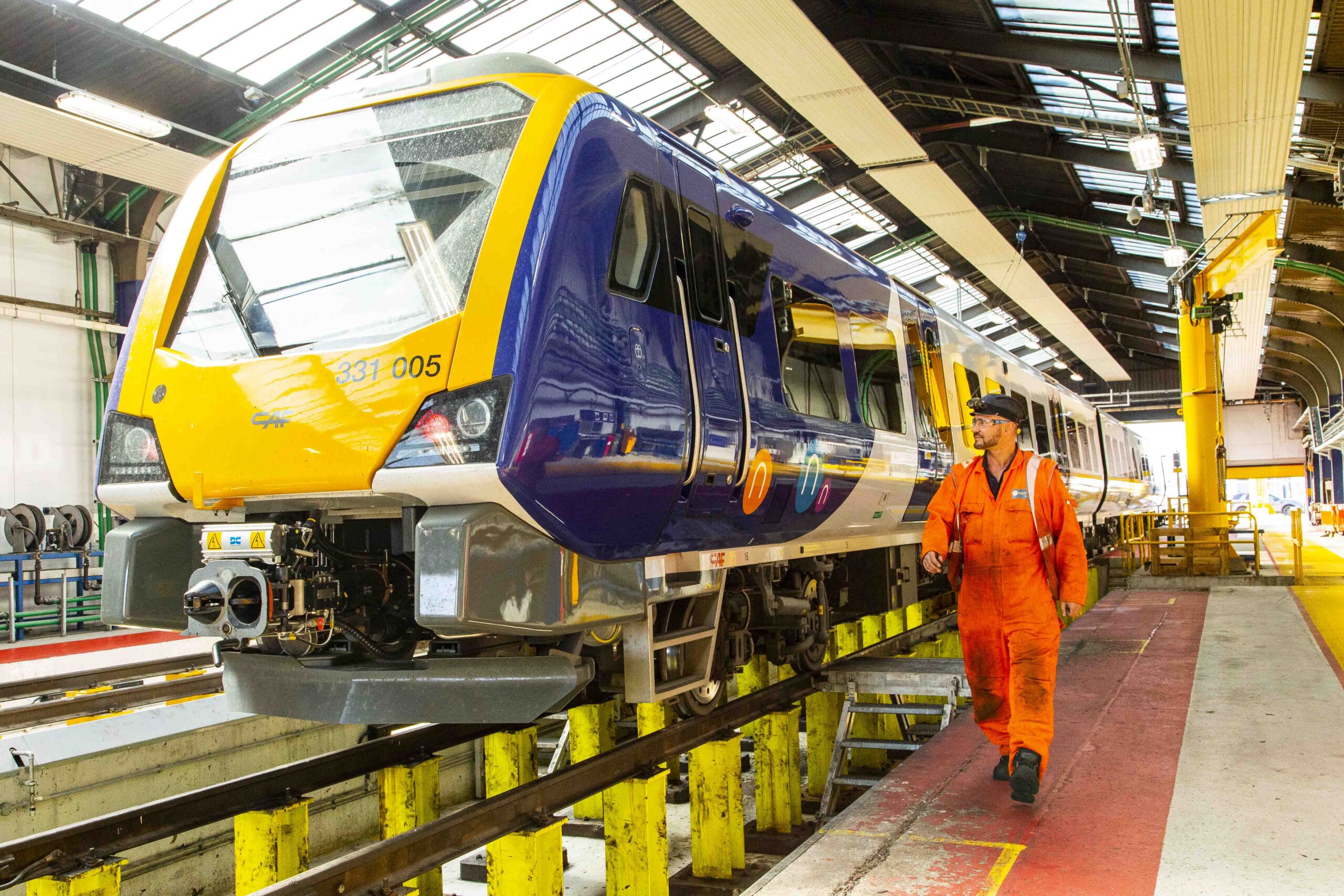Whether you are involved in railway construction or operation, you will need to measure and assess the attributes and performance of railway assets at some point in their lifecycle.
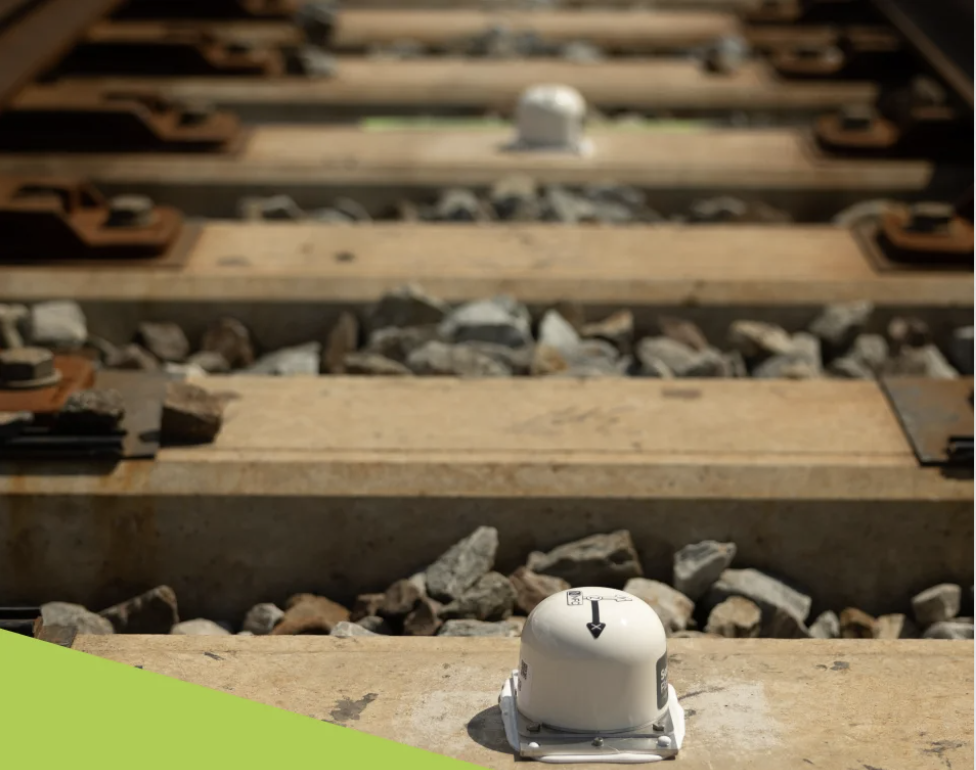
If You Can Measure It, You Can Manage It
Quick and Easy
Wireless tiltmeters and other sensors are installed in minutes and typically last for 10 to 15 years. Most installations are done by non-specialists.
Robust
Use solutions that are tested, approved and proven at remote sites with no fixed (mains) power supply and that are sufficiently robust to stand up to most weather conditions, rail traffic and maintenance operations.
Improve Safety, Save Money
Remote monitoring means fewer site visits, reducing risk and cost.
Early Warning – For Safer Railways
Don’t wait for a train driver or member of the public to report debris on the track – detect ground or structural movement as it happens.
Predict and Prevent
Identify long-term trends to keep infrastructure in use for longer, and target precious maintenance resources where they are most needed.
Five Reasons to Choose Wireless Remote Monitoring
Track Monitoring
Detect track movement associated with traffic loading, weather events such as flooding, maintenance and construction activity and failure of supporting materials such as track foundations or embankemnts. All with wireless sensors that are built for the challenges of rail applications, are quick to install and provide precise measurement for many years after installation. Use the data to prioritise maintenance resources, to evaluate the effectiveness of interventions such as tamping or ballast cleaning , or to determine whether pre-identified movement has stabilized or is ongoing.

A wide range of track geometry defects and parameters can be measured, including cross-level, twist, slew, settlement and temperature. Sensors are usually fixed to track ties, but can easily be mounted on other track assets such as gantries, platforms and undertrack culverts. Wireless monitoring can provide an alternative or a supplementary approach to optical methods such as robotic total station or AMTS monitoring, mobile solutions such as a track recording vehicle or Amberg rail trolley. Wireless systems can be used alongside railway void meters and other railway track measurement systems.
Slope Monitoring
Harness the smart remote monitoring power of Senceive intelligent monitoring technology – the World’s most widely used wireless remote monitoring solution for near real-time alerts of landslips, rockfalls and embankment failures. Remarkably simple and quick to install, it is precise, robust and responsive and can operate independently for more than a decade. The system not only sends alerts to remote stakeholders, but provides photo imagery so you can judge what steps to take without putting boots on the ground. It is the ideal slope stability monitoring tool where you need effective event detection.

Senceive intelligent monitoring technology has been proven again and again – preventing trains hitting track obstructions since 2019.
Bridge Monitoring
Engineers and asset managers face challenges relating to the age, over-use and deterioration of many bridges and structures and the difficulty in gaining access to inspect and maintain the structures.
Wireless monitoring can help protect bridge infrastructure by safeguarding vulnerable structures and extending asset life.

- Get early warning of structural instability, distress & defects without leaving your desk.
- Combine various sensors to get the insight you need: crack sensors, temperature, cameras, strain, deformation, settlement, rotational movement.
- Install monitoring system in hours and stay informed for years – typically 10 to 15 years.
Wireless monitoring can also help protect the people who use bridges, and the people responsible for maintaining them:
- Get automated near-realtime alarms when trigger levels are breached and early warning of structural instability, sudden impact damage and longer term distress. Senceive’s unique InfraGuard solution combines movement alerts with site imagery so you can avoid false alarms and act fast in real emergencies.
- Get the bigger picture from hundreds of sensors checking the performance of all the key structural elements – on a 24/7 basis.
- Install an emergency monitoring kit within hours of an event to assess ongoing movement.
Tunnel Monitoring
Tunnel construction and maintenance professionals worldwide choose Senceive wireless condition monitoring technology to assess structural and ground behavior throughout the life of underground assets.
Precise movement sensors can be mounted to virtually any surface and can deliver data at set intervals (typically not more than every 30 minutes) on parameters including convergence, settlement and cracking. A wide range of third-party sensors can be integrated with Senceive wireless platforms to provide data on engineering parameters such as strain, torque and ground water pore pressure.
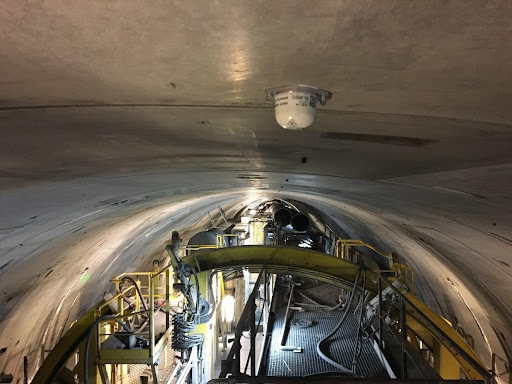
Innovative solutions are available to transfer data from underground sites using a combination of radio, Wi-Fi and cabled communications infrastructure.
Wireless monitoring has many advantages over more traditional methods:
- Instruments are so small they do not compromise clearance: they are tough and able to withstand the extremes of temperature, impact and vibration.
- They work in conditions that would compomise optical monitoring methods such as ATMS: for example where dust or physical obstructions would block line of sight.
- They are remarkably quick and simple to install and can be moved as tunnelling progresses; they can also be left in place for many years with minimal maintenance – providing a highly cost-effective and safe monitoring solution.
Construction Monitoring
Construction and maintenance activity can have potentially damaging structural effects on adjacent structures and property. Use wireless monitoring technology such as precise tilt sensors and crack sensors to safeguard infrastructure and protect your interests in the event of claims, by providing objective time-based data that can encompass modes of movement including deformation, rotation, convergence, settlement and cracking.
Sensors are remarkably small – little bigger than a tennis ball – which means they will not compromise track clearance and that most people will not even notice that a monitoring program is taking place. The sensors are built to withstand the challenges of rail and construction site conditions, and because there are no power or comms cables, there is minimal risk of the system being damaged.

Find out more in the Remote Monitoring for Rail brochure here.
This article was originally published by Senceive.


